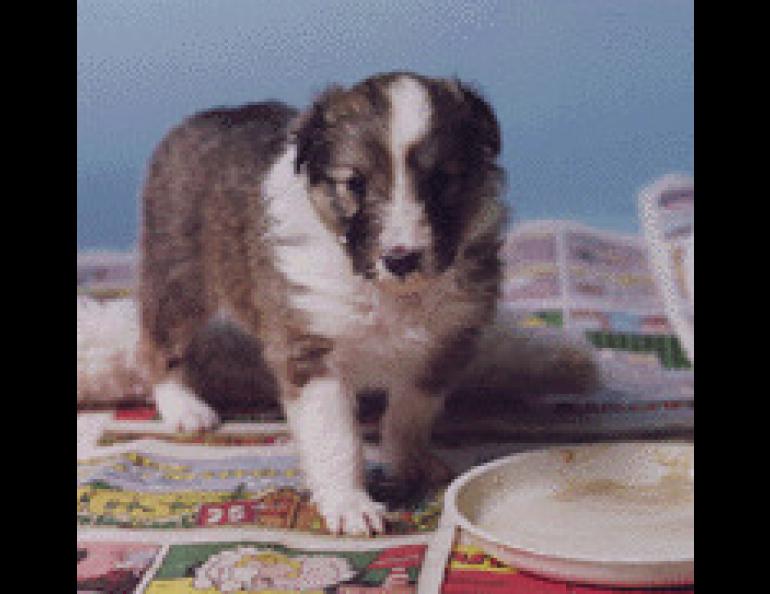
What's Really in Colored Printing Inks?
Newspapers often serve a second life after their initial purpose of spreading the news is over: rolled into fireplace logs, spread as mulch on the garden, or as an absorbent mat under a litter of puppies. When a local paper includes a good deal of color printing, a question which inevitably arises concerns the safety of colored printing inks when burned and added to the air, tilled into the garden, or eaten by puppies. In fact, an article which appeared in an Alaskan paper on the same page as a recent Science Forum stated that colored newspapers should not be used as garden mulch because the colored inks contained lead. A few days later the newspaper in question published a correction stating that the colored inks did not contain lead.I found myself wondering just what was in colored inks. After all, quite a few of the pigments in oil paints -- cobalt blue and cadmium red, for instance -- had some pretty nasty heavy metals in them.
Could any of them be on the color pages of the newspapers?
A newspaper color printing process is usually based on three colors and black, which, printed in small adjacent dots, give the effect of other colors. The three colors used are the light-subtraction primaries: magenta (a somewhat violet red which absorbs green light), cyan (a greenish blue which absorbs red light) and yellow, which absorbs blue light. Filters of these colors can be stacked to give the effect of any other color. Printing small dots side by side gives the same effect: a cyan dot (which removes some of the red light) printed next to a yellow dot (which removes some of the blue light) leaves green. The same effect was used by the pointillist painters early this century. This means that only four inks need to have their ingredients traced, and one of these, black, is simply carbon. It turned out that the cyan, magenta, and yellow inks used in newspaper printing are generally free of heavy metals (including lead), also.
According to the National Association of Printing Ink Manufacturers, many years ago some of the red (phloxine red), orange (molybdate orange) and yellow (lead chromate) inks then used in newspapers did indeed contain lead. The newspaper publishers, however, established standards for printing inks around 15 years ago which effectively banned compounds of lead or other heavy metals. Inks with the trade names AdPro® (for letterpress) or AD-LITHO® (for lithographic printing) have no lead or other heavy metals, and newspapers printed with these inks can be safely used as mulch. (Some cyan inks may contain copper, which is an essential trace element. Bedlington Terrier puppies, which often have an inherited inability to metabolize copper, should probably not be raised on colored newspaper for this reason.)
There is, however, one exception. Some of the mass-printed supplements in newspapers (especially those printed on paper other than ordinary newsprint) are produced by a third printing process, gravure. Some of the yellow inks used in the gravure process are still lead-based, so the color supplements should not be burned, used for mulch or otherwise reused.





